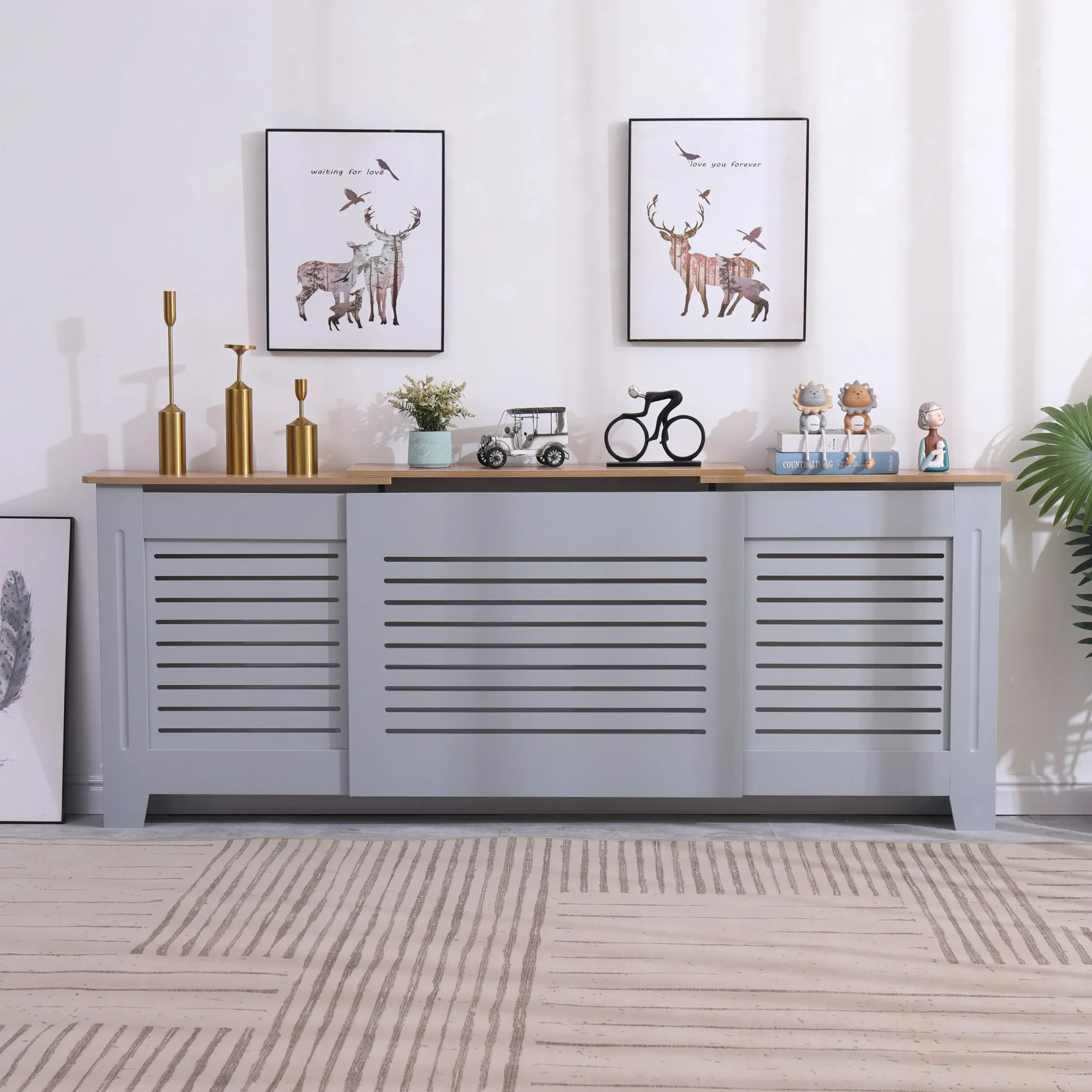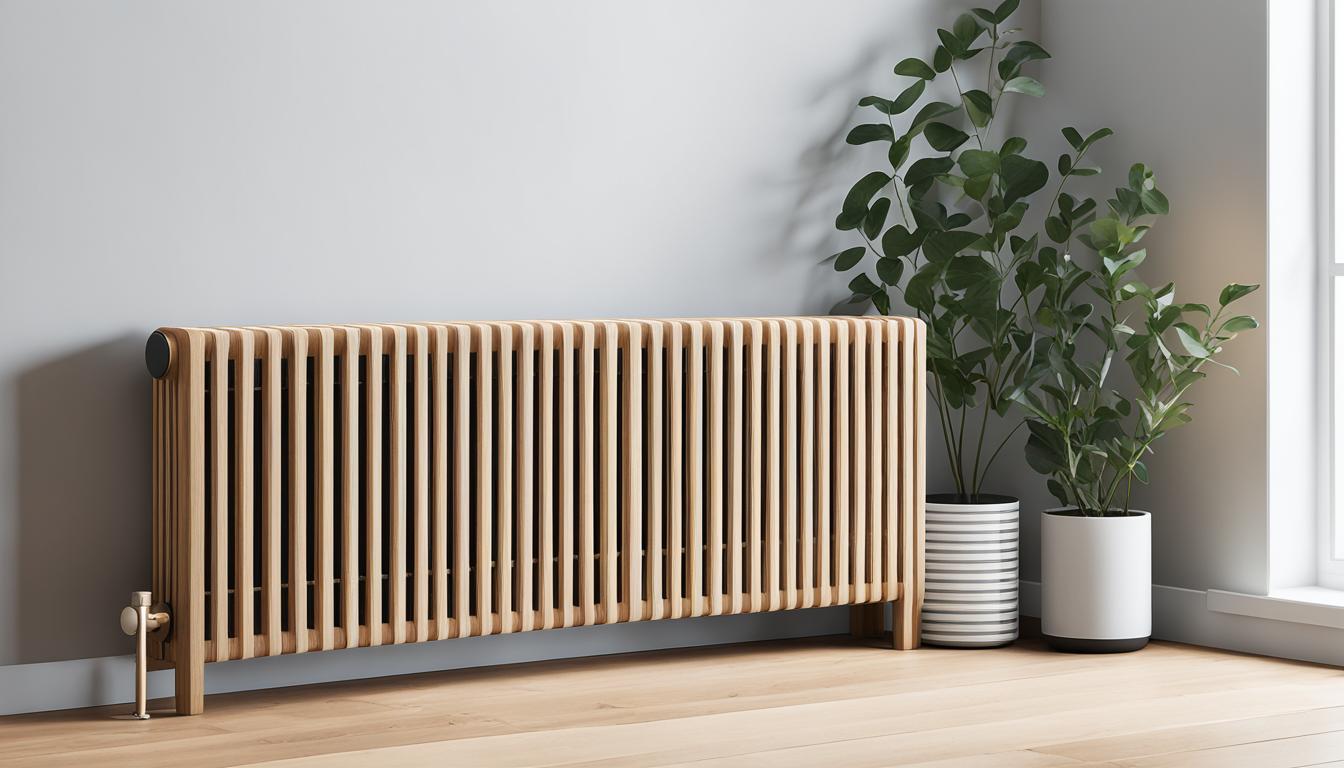DIY Tips for Installing a Radiator Cover with Ease
DIY Tips for Installing a Radiator Cover with Ease
Blog Article
Radiator Covers: Recognizing Materials, Styles, and Advantages
Radiator covers offer both useful and aesthetic functions within a home, providing a range of products such as wood, mdf, and steel to fit various layout choices. Choosing the ideal radiator cover involves understanding the subtleties of materials, layouts, and their connected advantages.
Sorts Of Materials


Wood covers, usually crafted from woods such as oak or maple, offer a classic, warm look that matches conventional interiors. Their resilience and ability to be tarnished or repainted add to their versatility. Steel covers, usually made from steel or aluminum, are favored for their toughness and modern appearance, usually including sleek lines that boost contemporary spaces.
MDF, a made wood item, is prominent for its cost-effectiveness and ease of modification. It can be painted or ended up to match existing decor while providing a smooth surface area. Plastic covers, while much less usual, are light-weight and resistant to moisture, making them suitable for damp atmospheres.
Inevitably, the selection of product for a radiator cover need to align with the property owner's style preferences, practical demands, and the certain setting where the cover will certainly be mounted. Each product supplies a distinct character, ensuring that there is an option to suit every taste and setting.
Popular Design Styles
Emphasizing visual allure, preferred layout styles for radiator covers show an array of preferences and interior design trends. Conventional designs commonly include detailed woodwork and luxuriant describing, making them ideal for vintage-inspired or traditional interiors. These covers generally incorporate sculpted elements, offering a cozy and welcoming feeling to any kind of space.
In contrast, contemporary designs concentrate on minimal aesthetics, identified by tidy lines and underrated sophistication. Materials such as metal or streamlined wood with a smooth finish are commonly made use of, enabling these covers to blend seamlessly right into modern rooms. Industrial designs, on the other hand, welcome raw products like exposed steel and concrete, adding a bold declaration to loft or urban setups.
For those seeking a special touch, bespoke designs use personalization alternatives that satisfy specific choices, allowing home owners to choose shades, patterns, and materials that enhance their design. In addition, farmhouse-style covers integrate rustic aspects, including distressed wood and straightforward kinds that evoke a relaxing, nation beauty.
Benefits of Radiator Covers
Radiator covers not just enhance the visual appeal of an area but likewise provide a number of practical benefits that make them a beneficial enhancement to any home. One of the main benefits is safety and security, especially in houses with youngsters or animals. Covers reduce the risk of burns from hot radiator surfaces, making sure a more secure environment.
Additionally, radiator covers can enhance energy effectiveness. By guiding warm right into the room instead of enabling it to get away, they aid keep a consistent temperature, minimizing home heating costs in time. This is particularly helpful in older homes where radiator systems might be much less effective.
One more remarkable advantage is sound reduction. Radiators can often create unwanted sounds during procedure, and covers can aid stifle these noises, adding to a more relaxed living space. Furthermore, radiator covers can be practical, providing added storage space or display screen area, thereby taking full advantage of the utility of often-overlooked locations.
Lastly, they can protect radiators from dirt and debris, which can prevent effectiveness and increase upkeep requirements. With these combined advantages, radiator covers emerge as a practical remedy for improving both the functionality and design of any home setting.
Setup Factors To Consider
Setting up radiator covers calls for cautious factor to consider to make sure both functionality and safety and security (Radiator cover). Evaluate the measurements of your radiator and the surrounding space to make sure a proper fit. Precise dimensions are important; an uncomfortable cover can obstruct warm circulation or produce safety and security risks
Following, review the material of the cover. While timber supplies aesthetic charm, steel options may supply better sturdiness and warmth resistance. Consider the weight of the cover also; larger covers may require extra assistance or reinforcements to avoid drooping or damages over time.
Ventilation is one more essential aspect. Covers should feature ample airflow to avoid getting too hot and keep reliable heating. Search for styles with slats or perforations that enable warmth to flow without obstruction.
Furthermore, make certain that the cover is securely mounted to avoid mishaps, particularly in homes with kids or family pets. Radiator cover. It's advisable to follow the manufacturer's installation guidelines closely and, if necessary, speak with a professional for complex installations
Maintenance and Treatment Tips
Appropriate maintenance of radiator covers is essential for ensuring their longevity and optimum find out here efficiency. For painted or timber covers, take into consideration an appropriate polish or safety finish to maintain their look.
Check the covers periodically for indicators of wear or damages, such as cracks or peeling off paint. Resolving these problems promptly can protect against additional deterioration. Make certain that the covers are safely attached and look for any kind of loosened screws or fittings, as resonances from the radiator can loosen them over time.
In cooler months, avoid putting hefty objects click reference or decorative products in addition to the radiator covers, as this can hinder warmth distribution and create unnecessary anxiety to the structure. Finally, consider seasonal maintenance by getting rid of the covers for extensive cleansing and evaluation throughout warmer months when the heating unit is inactive. Embracing these basic treatment tips will boost the efficiency and aesthetic appeal of your radiator covers, guaranteeing redirected here they offer their purpose successfully for several years to come.

Conclusion
In recap, radiator covers serve as practical and visual improvements to household spaces. Cautious factor to consider of installment and maintenance additional makes sure the long life and effectiveness of radiator covers in any type of home setting.
Radiator covers offer both functional and aesthetic objectives within a home, offering a variety of materials such as wood, mdf, and steel to match numerous design preferences. Choosing the best radiator cover includes comprehending the subtleties of products, layouts, and their linked advantages.Stressing visual appeal, popular design styles for radiator covers reflect a range of tastes and interior layout fads.Radiator covers not just boost the visual allure of an area yet additionally supply numerous sensible advantages that make them a rewarding enhancement to any kind of home. Take into consideration the weight of the cover as well; larger covers might need extra support or reinforcements to avoid sagging or damages over time.
Report this page